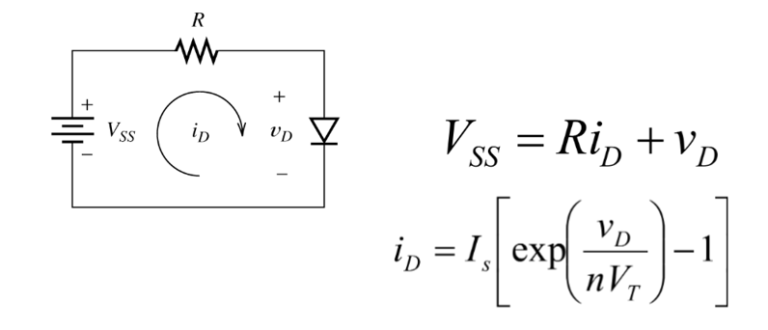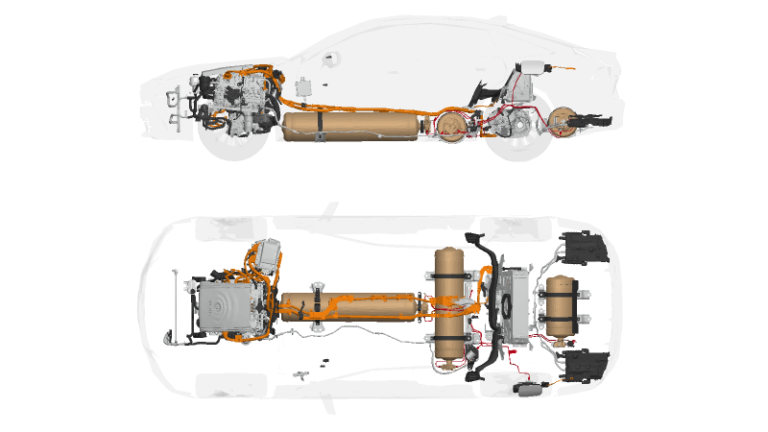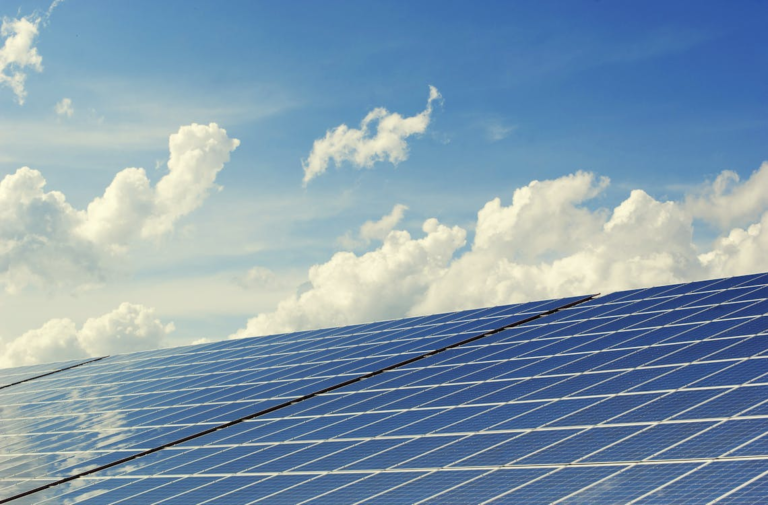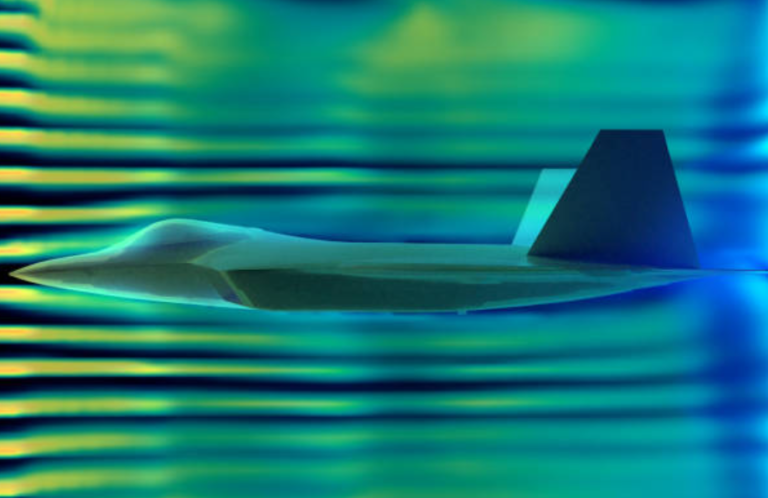Understanding a Supercapacitor
A supercapacitor is an advanced energy storage device that offers high power density and has a long cycle life. These devices store energy through the separation of charge in an electrolyte, rather than through the chemical reactions used in batteries. This technology has undergone extensive developments in the last few years. Positioned between batteries and…









